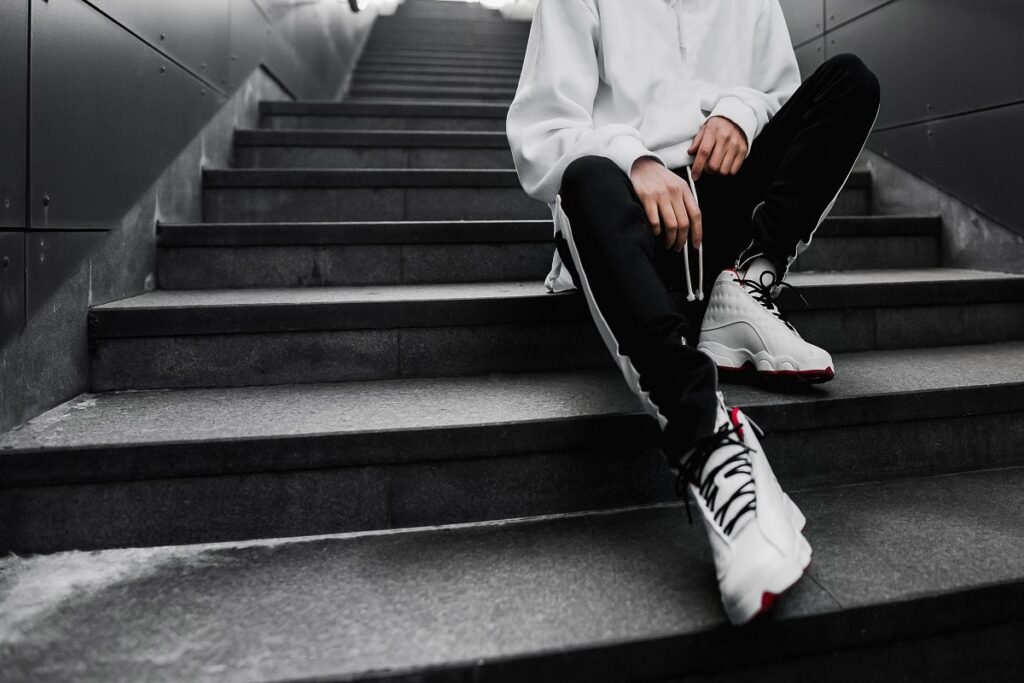The streetwear industry has experienced a significant boom in recent years, with more and more consumers embracing the casual yet stylish aesthetic that streetwear brands offer. From graphic tees to sneakers to hoodies, streetwear has become a dominant force in the world of fashion, influencing not only what people wear but also how they express themselves.
As we look ahead to 2025, several key trends are shaping the streetwear landscape and are worth keeping an eye on for anyone interested in this dynamic industry. Whether you’re a designer, marketer, or entrepreneur, staying informed about these trends can help you stay ahead of the curve and make informed decisions about your brand’s direction.
1. Sustainable Streetwear
With increasing awareness of environmental issues, sustainable fashion has become a top priority for many consumers. Streetwear brands are responding to this demand by incorporating eco-friendly materials, ethical production practices, and transparent supply chains into their collections.
From recycled fabrics to upcycled garments, sustainability is no longer just a trend but a necessity for brands looking to stay relevant in 2025 and beyond.
2. Gender-Neutral Designs
Gender fluidity and inclusivity have become important topics in the fashion industry, and streetwear brands are leading the way in creating gender-neutral designs that appeal to a diverse range of consumers.
By breaking away from traditional gender norms and offering clothing that is accessible to everyone, these brands are not only challenging stereotypes but also expanding their customer base.
3. Collaborations with Artists and Celebrities
Collaborations have long been a staple of the streetwear industry, with brands teaming up with artists, musicians, and celebrities to create limited-edition collections that generate buzz and drive sales.
In 2025, we can expect to see even more exciting collaborations that blur the lines between fashion and art, bringing together diverse creative talents to produce unique and highly coveted pieces.
4. Digital Innovation
As the digital landscape continues to evolve, streetwear brands are embracing technology in innovative ways to connect with consumers and enhance the shopping experience.
From virtual fashion shows to augmented reality try-on tools, digital innovations are reshaping the way we interact with fashion and are likely to play a significant role in the future of streetwear.
5. Inclusivity and Diversity
In recent years, there has been a growing emphasis on inclusivity and diversity in the fashion industry, and streetwear brands are no exception.
From casting diverse models in campaigns to featuring a range of sizes in their collections, brands are making a conscious effort to reflect the diverse world we live in. This commitment to inclusivity not only resonates with consumers but also sets a positive example for the industry as a whole.
6. Streetwear Goes High Fashion
What was once considered a niche subculture has now become mainstream, with luxury fashion houses and high-end designers embracing streetwear aesthetics in their collections.
This fusion of streetwear and high fashion has resulted in a new wave of elevated streetwear pieces that blur the lines between casual and couture, appealing to a broader audience of fashion-conscious consumers.
7. Community Building
The community has always been at the heart of streetwear culture, and brands are finding new ways to foster connections with their customers both online and offline.
Whether through pop-up events, social media engagement, or exclusive collaborations, brands are creating a sense of belonging and loyalty among their fans, turning customers into brand ambassadors and advocates.
8. Nostalgia and Retro Revival
Nostalgia is a powerful force in fashion, and streetwear brands are tapping into this sentiment by revisiting iconic styles and trends from the past. From vintage-inspired graphics to throwback silhouettes, brands are evoking a sense of nostalgia that resonates with consumers who appreciate the heritage and history of streetwear culture.
9. Streetwear for All Ages
While streetwear has long been associated with youth culture, brands are now expanding their reach to include consumers of all ages. From kids’ collections to mature lines, streetwear brands are catering to a diverse range of demographics, offering something for everyone who appreciates the comfort and style that streetwear provides.
10. Personalization and Customization
In a world where individuality is prized, personalization and customization have become key trends in the streetwear industry. Brands are offering customizable options that allow customers to create unique pieces that reflect their personal style and preferences, whether through embroidery, patches, or color choices.
This emphasis on personal expression sets streetwear brands apart and resonates with consumers looking for clothing that reflects their identity.
Conclusion
The streetwear industry is constantly evolving, with new trends and innovations shaping the landscape of fashion. By staying informed about these key trends and embracing the opportunities they present, streetwear brands can position themselves for success in 2025 and beyond.
Whether you’re a designer, marketer, or consumer, keeping an eye on these developments can help you navigate the ever-changing world of streetwear and make informed decisions about your personal style or brand direction.
Key Takeaways:
- Sustainable streetwear is a growing trend, with brands focusing on eco-friendly materials and ethical practices.
- Gender-neutral designs are gaining popularity, promoting inclusivity and diversity within the industry.
- Collaborations with artists and celebrities continue to drive excitement and sales for streetwear brands.
- Digital innovation is reshaping the shopping experience, with virtual shows and AR tools becoming more prevalent.
- Inclusivity and diversity are key focuses for brands, reflecting the diverse world we live in.
- High fashion is embracing streetwear aesthetics, creating a fusion of casual and couture styles.
- Community building remains essential, with brands fostering connections and loyalty among customers.
- Nostalgia and retro revival are influencing streetwear designs, appealing to consumers who appreciate heritage.
- Streetwear is becoming more inclusive of all ages, catering to a diverse range of demographics.
- Personalization and customization are key trends, allowing customers to express their unique style preferences.
Consider enhancing your knowledge and skills in the streetwear industry by enrolling in the “Parsons Streetwear Essentials” online course and certificate program offered by Yellowbrick. Stay ahead of the curve and elevate your understanding of streetwear fashion through this specialized program.








